Researcher Interviews
Research challenges for the Fujitsu team working on the advanced Web3 Acceleration Platform (Part 2)
JapaneseThe whole topic of the next-generation Internet “Web3” has been attracting considerable attention in recent years, including the autonomous decentralized data collaboration mechanism that allows users to manage their data autonomously. While there are many opportunities to create new business models and solve various social issues by taking advantage of Web3’s features, it is also true to say that a number of major new issues such as security, privacy, and copyright protection have also emerged. Fujitsu is providing the Fujitsu Web3 Acceleration Platform (*1), an environment where people can connect safely and securely in the digital space, using Web3 technologies to solve these issues. In this interview, we spoke with four young researchers responsible for Fujitsu’s R&D of Web3 technology. In the first part, we introduce the reasons why Fujitsu is working on Web3, followed by details about our ConnectionChain (*2) and Trustable Internet (*3) technologies that support the Web3 Acceleration Platform. In the second part, we hear about the challenges involved in the development of ConnectionChain and Trustable Internet, and also the creation of new value with future partners through the Web3 Acceleration Platform.
Published on February 21, 2024
RESEARCHERS
-

Takayoshi Nakayama
Principal Researcher
Trusted Web3 Core Project
Data & Security Research Laboratory
Fujitsu Research
Fujitsu Limited -
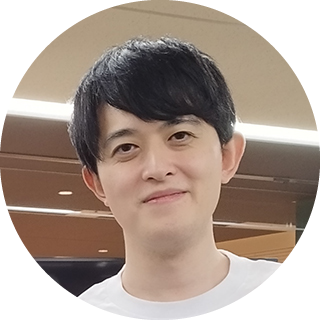
Yuki Yonekura
Senior Researcher
Trusted Web3 Core Project
Data & Security Research Laboratory
Fujitsu Research
Fujitsu Limited -
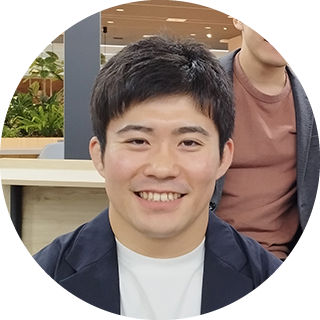
Yuki Hasegawa
Researcher
Trusted Web3 Core Project
Data & Security Research Laboratory
Fujitsu Research
Fujitsu Limited -

Yoshitomo Sakuma
Researcher
Trusted Web3 Core Project
Data & Security Research Laboratory
Fujitsu Research
Fujitsu Limited
Challenges in R&D to realize Web3
Fujitsu aims to create a world of Web3 through the Fujitsu Web3 Acceleration Platform, where individuals and companies can securely connect with each other in an autonomous and decentralized manner to create value in the digital space. New businesses are being explored across various areas such as finance, media, healthcare, and manufacturing, using ConnectionChain for trust in data sharing and Trustable Internet for trust in the data itself. However, there are also many challenges that need to be addressed.
What are the principal R&D challenges in Web3?
Yuki Hasegawa: It is particularly difficult for R&D in Web3 to meet customer requirements while maintaining decentralization. Decentralization improves fairness of processing and data accessibility, making it possible to distribute the data and value to other organizations instead of keeping them within a particular organization. However, decentralization on a wide scale can compromise performance and privacy. We are required to determine the need for decentralization and to develop technologies that balance decentralization with performance and privacy.
How do you approach the challenges above?
Yuki Hasegawa: Since there are few precedents for distributed systems, we have to weight up both new possibilities and risks. In particular, when we tackle requirements and issues, we do not look at any single point but also consider how the distributed system should be formulated, as well as assessing the trade-offs between fairness and processing performance. In addition, we work to acquire patents and publish papers, using the insights we have obtained during the process.
Yuki Yonekura: Yuki Hasegawa is absolutely right. Trends in the Web3 field change quickly, so it is necessary to monitor technology continuously, together with market trends and the services of other companies both in domestic and overseas markets. Overseas companies tend to take actions quickly, so we are aware of the need to collaborate with our internal business unit to identify business areas and sort out technical issues rapidly and responsively.
R&D Challenges with ConnectionChain for achieving trust in data sharing
What technical challenges have you faced in the R&D of the ConnectionChain? How did you overcome these challenges?
Yuki Hasegawa: The format and mechanism of transactions are different among the blockchain platforms. It required us to develop separate connection processing for each use case, resulting in high development costs. Therefore, we have developed a common function for federated processing logic (multi-scenario function). This function has allowed us to write federated processing logic in a common script format, without needing to be aware of the federated blockchain’s complex transaction and monitoring methods. We identified the connection element that absorbs the differences between the various highly public platforms, and made it open-source as Hyperledger Cacti to improve reusability. These efforts have substantially reduced development costs.
Yuki Yonekura: ConnectionChain is the underlying technology that connects the blockchain. The actual use of ConnectionChain requires the creation of a wallet application. However, it has not been easy for users who are not familiar with blockchain technology to create and manage wallet applications. When issuing NFT, they need to be aware of how to create and manage wallets, registering images and metadata to IPFS (*4), and linking with Ethereum. To address these issues, we are developing functions for wallet creation, management, and NFT issuance as WebAPI, promoting the creation of a system that can be used by users with little experience in blockchain technology.
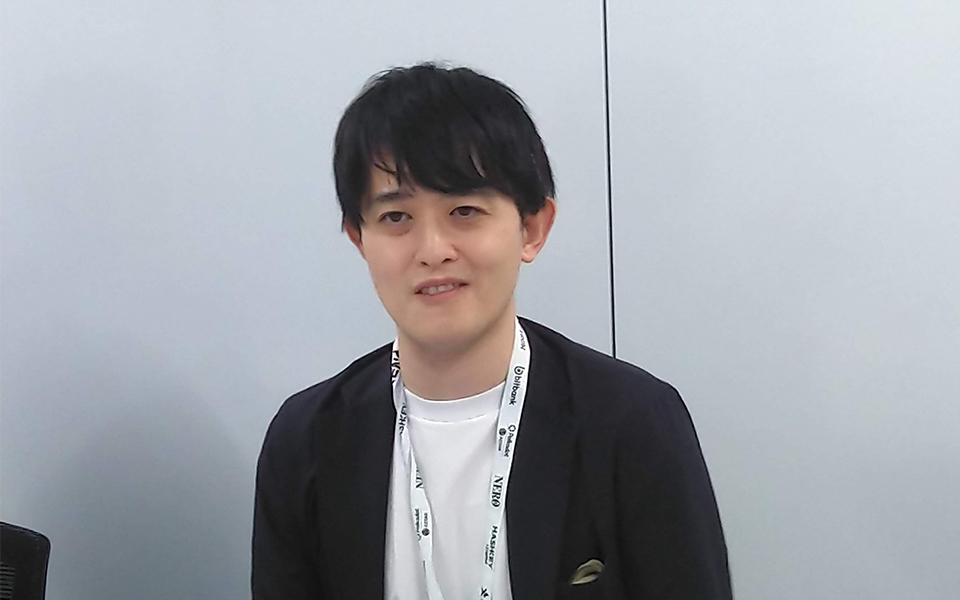 Yuki Yonekura discusses the team’s efforts to make ConnectionChain more user-friendly for a broader user base
Yuki Yonekura discusses the team’s efforts to make ConnectionChain more user-friendly for a broader user baseThe challenges in the R&D of Trustable Internet for achieving trust in the data itself
What technical challenges have you faced in the R&D of the Trustable Internet? How did you overcome these challenges?
Yoshitomo: There are two main challenges. The first is that there is no defined format for data that describes the results of AI decisions on multimodal data such as images and text. It is not possible to indicate uniquely who is assigning the rationale for which content. Therefore, we have defined a common data format for expressing the information that serves as the rationale. Specifically, we defined a writing format that uniquely indicates the grantor of the rationale, the content to which it is granted, and the information to be granted as the rationale.
What is the other challenge?
Yoshitomo: The second challenge is to show evidence information so that viewers can easily judge the authenticity of the content. Even if a data format is established, it is complicated and difficult to check dozens of pieces of data written based on that format, and then to determine whether they are correct or not. As a solution, by applying the evidence information described in the data format and a large-scale language model, we automatically generate sentences that explain the basis for the truth or falsehood of the content. We then show these explanations to the content viewer, so that they can easily judge the content’s veracity or falsehood.
How do you conduct your R&D activities?
Yoshitomo: By conducting joint research with universities, we delve into technical issues and propose solution methods to realize the Trustable Internet, based on our professional and academic knowledge of web technologies. We also collaborate with university professors to improve the presence of our technology by writing papers and white papers, and by making presentations and holding discussions at standardization conferences and academic meetings.
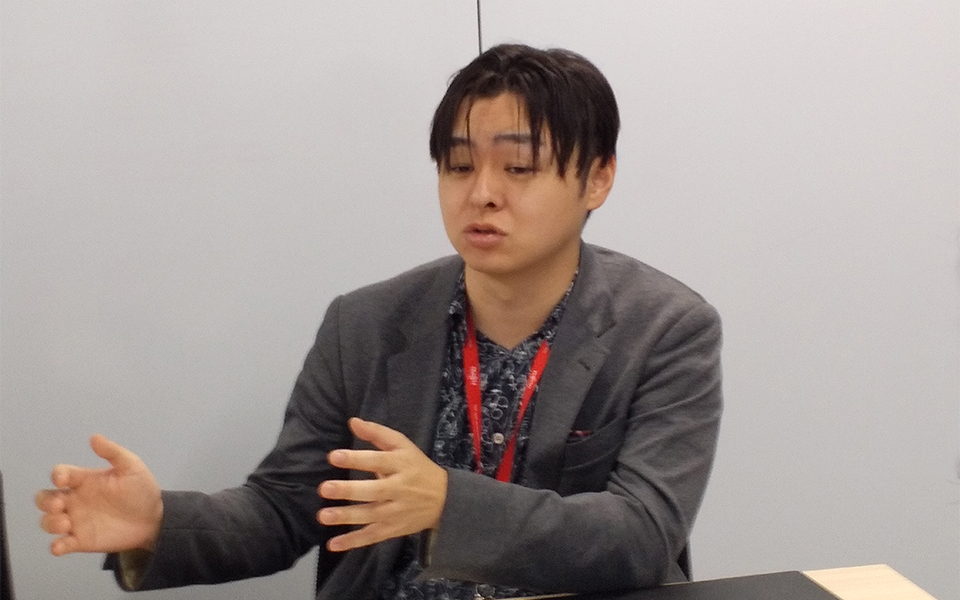 Yoshitomo explained that the definition of a common data format for representing evidence-based information is important for the Trustable Internet
Yoshitomo explained that the definition of a common data format for representing evidence-based information is important for the Trustable InternetCreating new value through co-creation
What specific activities are you promoting to spread the Web3 Acceleration Platform?
Yuki Hasegawa: In the technological development related to Web3, it is crucial to leverage technologies published by third parties and accelerate development through organizational collaboration, both internally and externally. As part of our activities toward this goal, we are also engaged in activities to generate new collaborations. Recently, we introduced ConnectionChain technology at the Open Source Summit Europe 2023 (*5), held in Spain, with a live demonstration of an environmental value trading sample application.
What kind of feedback did you receive from visitors during the event?
Yuki Hasegawa: Many people stopped by the Fujitsu booth and expressed their interest in using the ConnectionChain technology. Many of them were also interested in data reliability and cross-border data collaboration. We realized that our initiatives can meet the needs of the market. We feel that exhibiting at such events is very meaningful as it opens up possibilities for application and collaboration in other fields.
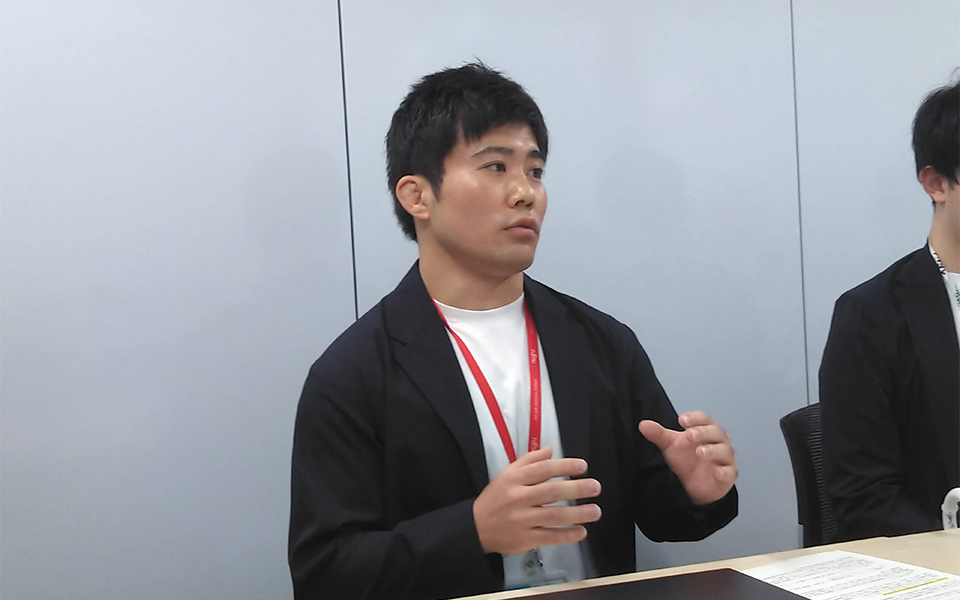 Yuki Hasegawa says he received a lot of feedback from the Open Source Summit Europe 2023 exhibit event
Yuki Hasegawa says he received a lot of feedback from the Open Source Summit Europe 2023 exhibit eventWhat is the importance of participating in international standardization conferences?
Yoshitomo: In order to enhance the presence of Trustable Internet not only domestically but also among web professionals worldwide, we hosted a session on Trustable Internet during the W3C TPAC 2023 (*6), an international standardization conference held in Spain in September 2023. During the session, we provided technical explanations and demonstrations of the technology. It was impressive to see that the conference was not limited to technology companies, but also included a number of publishing and credit card-related companies. As Trustable Internet technology is in its early stages, we feel it is important to participate in international standardization conferences and work with various related companies to promote standardization.
Towards future research and development
What kind of research do you intend to pursue and how would you like to contribute to society in the future? Please include your expectations for the future Web3 society.
Yuki Hasegawa: Blockchain is making it possible for anyone to record values that have been difficult to visualize and distribute in a highly public manner. On the other hand, in order for the recorded value to be widely used, it is essential to link with various systems. I believe that a decentralized account management and authorization mechanism will be important to achieve this. I would like to realize the Web3 society while making use of my past knowledge, as well as co-creating widely with people inside and outside the company.
Yuki Yonekura: In order for Web3 technologies including ConnectionChain to spread throughout society, it is essential to create a wallet that can be easily used by end users and a marketplace that encourages continuous use of the wallet. I would like to work more with our own and other companies’ technologies to realize a Web3 society from both end-users’ and platforms’ perspectives.
Yoshitomo: Recently, it has become more difficult for visitors to confirm whether a piece of web content is real or not just by looking at it, especially since technologies such as image-generating AI have become more sophisticated. Therefore, through the R&D of Trustable Internet, I would like to realize a society where users can use the web without being misled by false information.
Finally, how can these research topics contribute to the SDGs?
Takayoshi: We would like to contribute to the goals of No. 9, “Build resilient infrastructure, promote sustainable industrialization and foster innovation,” and No. 11, “Make cities and human settlements inclusive, safe, resilient and sustainable”. The goal of No. 9 is the vision of the Web3 Acceleration Platform: to build a reliable and sustainable technology infrastructure based on a technology platform that can be used equitably by all, and to contribute to making this available to as many people as possible. As for No. 11, we hope to contribute to the formation of an autonomous and decentralized society where everyone in the city can connect with each other without anxiety, and contribute to the creation of a sustainable community through the realization of a Web3 world where individuals and companies can connect with each other in the digital space and create value.
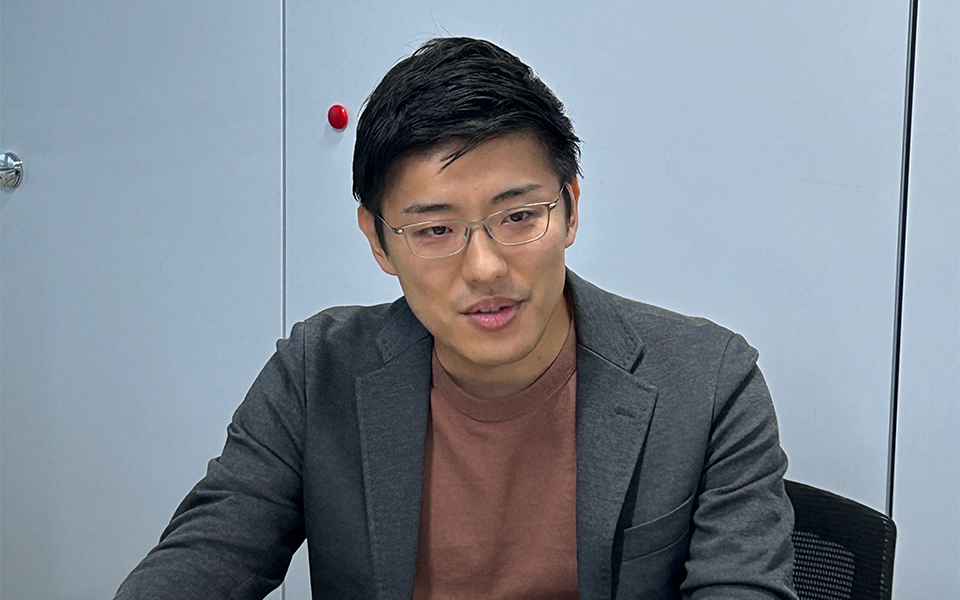 Takayoshi describes how he contribute to the SDGs
Takayoshi describes how he contribute to the SDGsFree trials of advanced technology APIs and web applications are available through the Fujitsu Research Portal
The Web3 Acceleration Platform can be tried through the Fujitsu Research Portal, which allows users to try out various Fujitsu Research technologies easily via a simple registration on the web. If you are interested in ConnectionChain or Trustable Internet technologies, please check out the Fujitsu Research Portal. Let’s create new experiences, values, and ecosystems together.
-
(*1)
-
(*2)
-
(*3)
-
(*4)IPFS (InterPlanetary File System) is a protocol and P2P network for storing and sharing data in a distributed file system.
-
(*5)Open Source Summit is an event where open source developers, technologists, and community leaders gather to share information and solve problems in order to build a sustainable open source ecosystem.
-
(*6)W3C is an international membership-based joint industry-academic consortium that aims to standardize and promote Web technologies, and holds an annual technical general meeting as TPAC.
Fujitsu's Commitment to the Sustainable Development Goals (SDGs)
The Sustainable Development Goals (SDGs) adopted by the United Nations in 2015 represent a set of common goals to be achieved worldwide by 2030. Fujitsu's purpose — “to make the world more sustainable by building trust in society through innovation”—is a promise to contribute to the vision of a better future empowered by the SDGs.


 SDGs.jpg
SDGs.jpg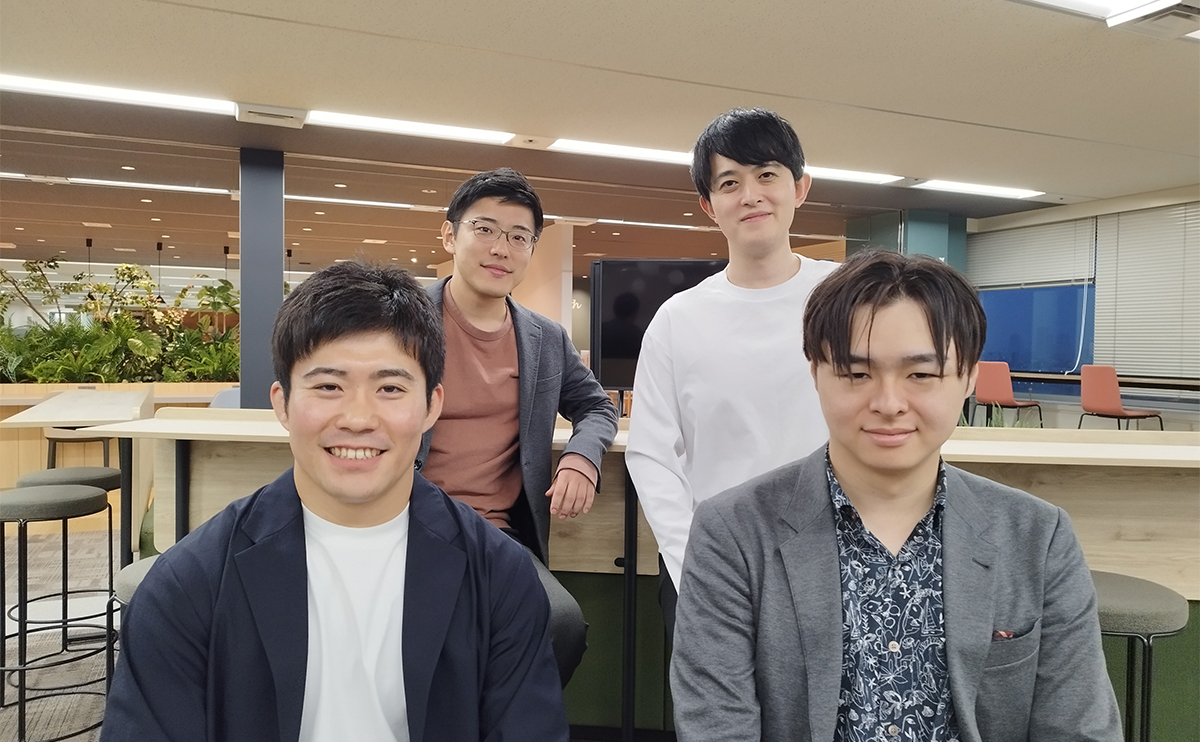 kv.jpg
kv.jpg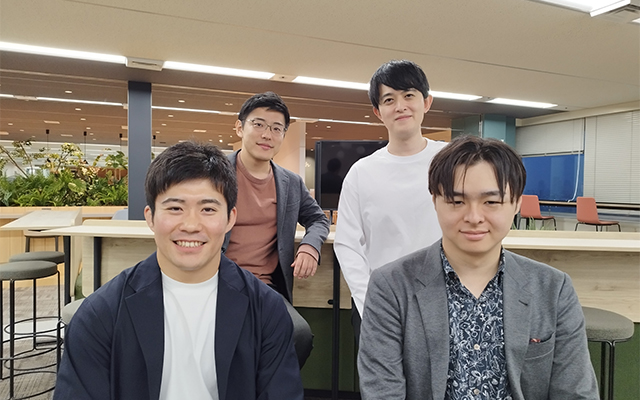 kv_sp.jpg
kv_sp.jpg

